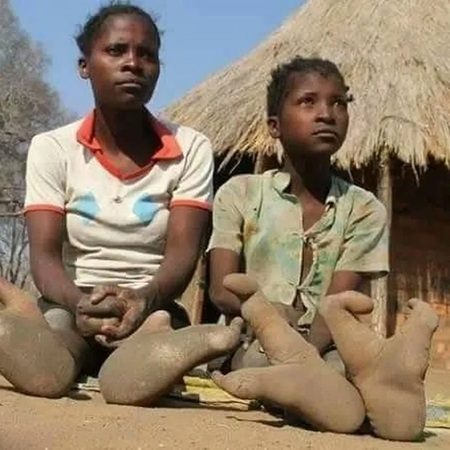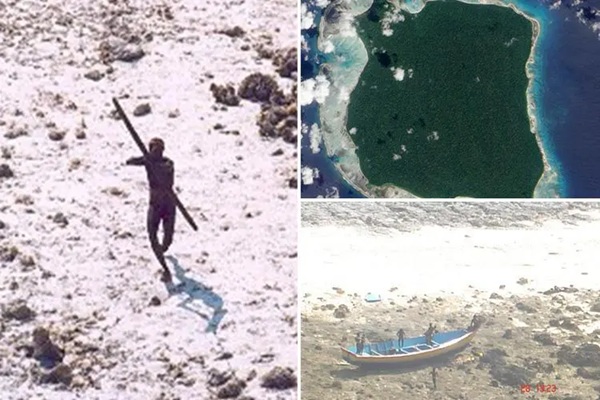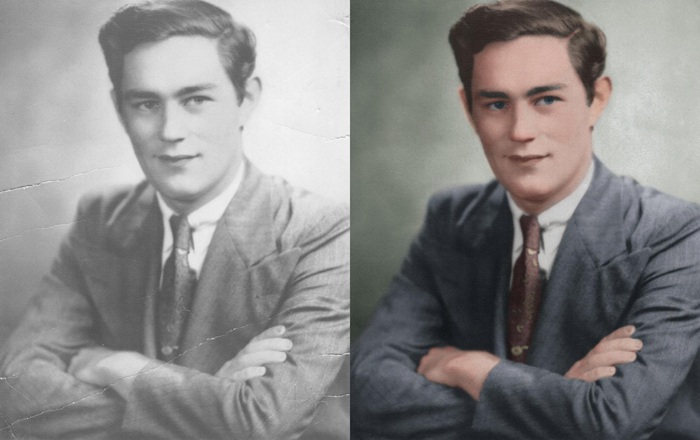In the remote northern regions of Zimbabwe lives a community whose story has interested historians, anthropologists, medical researchers and travelers for many years. They are known as the Vadoma people, although some refer to them as the Doma tribe. Their lives follow a rhythm shaped by old customs, strong family ties and a close relationship with the land around them. The tribe is also known for one of the rarest inherited physical traits in the world. Many members are born with a condition that gives them only two toes on each foot. The shape resembles the foot of an ostrich, which has led outsiders to offer the nickname “the ostrich-footed tribe.”
The Vadoma have lived apart from mainstream society for generations. Their location, their long-standing customs and their self-contained lifestyle have protected their identity. Although Zimbabwe has modern towns and cities filled with commerce and technology, the Vadoma remain tied to the forests, mountains and rivers that support their way of life. Their traditions are passed on through storytelling, rituals and shared memory. Their physical uniqueness has brought attention from the outside world, but their community values have guided them calmly through these moments of interest.
This article explores the history, daily life, language, beliefs and genetic characteristics of the Vadoma people. It also examines the seven major facts often associated with the tribe. The goal is to offer a clear and accurate look at who they are while respecting the customs that have allowed them to remain distinct.
A Genetic Trait Known as Ectrodactyly
One of the most recognizable features of the Vadoma people is a rare inherited condition called ectrodactyly. This condition creates a split in the foot where the middle toes would normally form. As a result, only the outer two toes develop fully. These toes often point inward. The appearance resembles the foot of a bird such as an ostrich.
In many parts of the world, genetic conditions are met with confusion or stigma. Among the Vadoma, this is not the case. Ectrodactyly is not viewed as a problem. Children born with two toes grow up without feeling different. They play, climb, gather food and walk across long distances just like other members of their community. The condition does not prevent them from hunting, running or climbing rocky paths. For the Vadoma, it is a natural part of their ancestry.
Researchers have studied the trait for many years. One explanation is that the community has practiced endogamy, which means marrying within the tribe. Over generations, the limited genetic pool preserved the condition. Among the Vadoma, this inheritance pattern is accepted as a normal part of life. It forms a link across generations and is understood as something that belongs to their identity rather than a defect that needs correction.
Ancient Legends of Celestial Origins
Many cultures preserve stories that connect their ancestors to a place beyond the ordinary world. The Vadoma are no exception. Their oral tradition describes early ancestors who arrived from the stars. According to the elders, their forebears were bird-like beings who came from the heavens and joined with early humans. Some stories name Sirius as the star associated with their origins. The tales continue by describing an ancient settlement on a distant place they call Liitolafisi before their ancestors eventually reached the Earth.
These stories play an important role in shaping how the Vadoma understand themselves. Their unique feet are considered by some within the tribe as a sign of this old connection. The legends offer meaning rather than scientific explanation, yet they are respected and shared because they carry cultural memory. They also strengthen unity within the community. The tribe sees its own history through its ancestral stories, and these stories help preserve their identity as a distinct people.
A Hunter-Gatherer Way of Life
While many Zimbabwean communities practice farming and animal rearing, the Vadoma follow an older path. They depend on hunting and gathering to sustain themselves. Their knowledge of the local environment is detailed and practical. They know where to find wild fruits, roots, berries and edible leaves. They identify honey-bearing trees and understand how to collect it safely. They fish in rivers and streams and hunt small animals in the nearby forest.
Because they rely on natural resources, the Vadoma have a close relationship with their environment. They do not overuse what is available. Their survival depends on steady patterns of movement, observation and respect. This form of living teaches younger members to understand animal behavior, plant cycles and weather patterns with careful attention. Their knowledge is shared through instruction and practice rather than written records.
In this way, the Vadoma maintain a lifestyle that has changed very little despite national efforts to introduce modern farming, formal schooling or large scale settlement programs. Their relationship with the land remains central to their identity.
Isolation and the Practice of Marrying Within the Tribe
The Vadoma people traditionally marry among themselves. Tribal customs discourage marriage to outsiders. This practice has several effects. It strengthens internal unity and allows traditions to pass easily from one generation to the next. It also limits cultural disruption from outside influences.
However, this isolation is one reason the genetic trait of ectrodactyly continues to appear in the tribe. When a small group remains genetically closed, inherited traits are passed down repeatedly. Among the Vadoma, marrying within the tribe is not considered restrictive. It is a norm that helps protect their cultural continuity.
This approach also explains why the tribe has kept a distinct identity despite living within a country where many ethnic groups interact frequently. Their customs, language and family structure encourage them to remain closely tied to one another.
Language, Stories and Cultural Traditions
The Vadoma people speak Dema, a language related to Shona. Language is central to their cultural survival. Through Dema, they pass on stories about their ancestors, hunting techniques, spiritual beliefs and social expectations. Children learn these stories from an early age while participating in daily tasks.
Traditional ceremonies mark important moments in life. These may include rites of passage, marriage celebrations and gatherings that honor ancestors. Music, dance and rhythmic movement are part of these events. Although the community is small, its cultural life is rich.
Their oral tradition also preserves historical knowledge. Since the community does not rely heavily on written documents, memory plays an important role. Elders carry the responsibility of repeating stories that define the tribe’s history. These stories provide continuity and give younger members a sense of who they are.
Modern Pressures and Attempts at Integration
Over several decades, the Zimbabwean government and various organizations have attempted to introduce formal education, clinics and structured housing to the Vadoma people. While a few members have accepted these programs, most prefer their traditional life. Many view rapid modernization as a threat to their customs. The tribe believes that moving into towns or cities may weaken the connection between families, ancestors and the land.
Still, not all Vadoma remain completely isolated. Some younger individuals travel to nearby settlements to attend school or seek new forms of work. Even so, most return to their families after gaining experience outside the tribe. The community holds its traditions strongly, and even those who leave for a time often return to the familiar environment of home.
The balance between tradition and modernity remains delicate. The Vadoma continue to decide for themselves how much change is acceptable.
Community Acceptance and the Value of Unity
One of the most remarkable qualities of the Vadoma people is their acceptance of physical differences. Individuals with ectrodactyly are not considered unusual. They live normal lives and take part in all community activities. Parents teach children that their physical traits are part of their heritage rather than an obstacle.
Members of the tribe, such as Rambisai Chinobaiwa and her son, show how this acceptance works in everyday life. They carry the two-toed trait yet see themselves as complete and capable. Another member, Bernard Karumba, comes from a family where his father had the condition but his own children were born with typical feet. Even so, the trait does not affect marriage, family relationships or social standing within the community.
The Vadoma judge people by character and contribution rather than physical appearance. This approach protects social harmony. It also reflects their broader belief that unity and respect matter more than individual differences.
The Broader Meaning of the Vadoma Story
The Vadoma people represent a community that has maintained identity despite outside attention and change. Their unique physical trait attracts curiosity, yet the more important aspect of their story lies in their cultural resilience. They show how different forms of life can survive in a modern world without losing themselves.
Their knowledge of nature, their legends, and their family structures preserve a way of life that is rare today. They remind the world that diversity exists not only in physical features but also in traditions, languages and ways of surviving.
Their ostrich-like feet may be the first thing outsiders notice, yet the strength of the Vadoma lies in something deeper. It lies in the respect they show to their land, to their ancestors and to each other.






